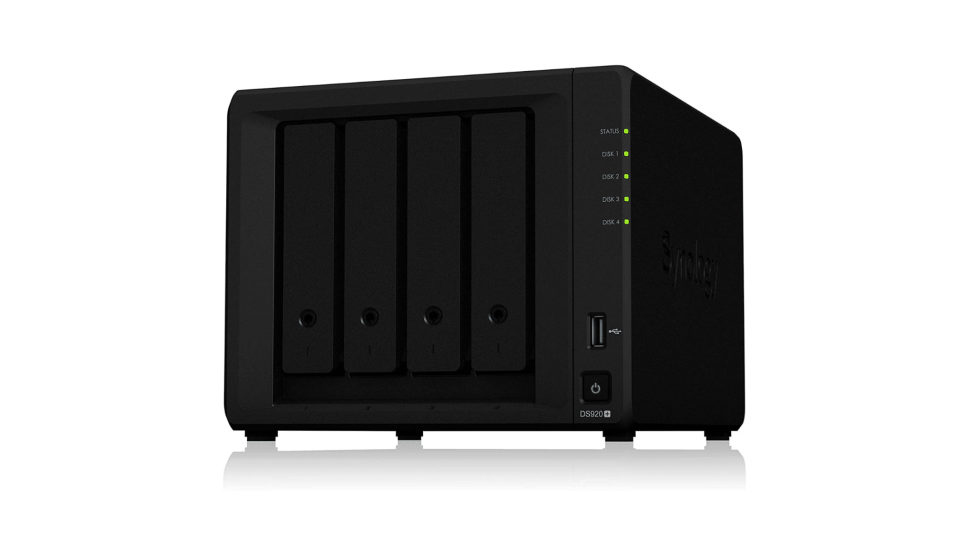Extending storage is always an option if there is not enough physical space for saving multiple backup volumes to managing even a media server. This is where a Network-Attached Storage (NAS) device can help open up and extend on storage capacity.
A NAS is much different than an ordinary direct-attached storage device like what is found in external hard drives, USB thumb drives…even media players like the old-school iPod devices that act as a direct-attached storage device.
Learn more in this article on what Network-Attached Storage is and what benefits there is when implementing NAS into a home network!
How does Network Attached Storage Work?

Considered an alternative when compared to a Storage-Area Network (SAN), Network-Attached Storage uses TCP/IP networking for sending and receiving not only data traffic; but also storage traffic…What this means is the NAS device is connected to a home router?
Since the keyword is “network” in this storage method, NAS provides file-level data storage that acts like a file server when connected to Windows 10 or another operating system.
NAS uses Universal Naming Convent addressable storage where the NAS is identified as a network share drive on a operating system and can be accessed from anywhere without any of the files having to be downloaded say from a cloud-based storage system.
Beyond using TCP/IP protocol, network attached storage can utilize other protocols like CIFS or NFS to handle data transfer and routing requests between host and client devices as it moves from a switch (or from a router if using a NAS in a home network) to the connected device that allows remote access capability to remote data whether it’s to a computer at the office or to a laptop that is another room in the home.
Common NAS Protocols Used Today
From TCP/IP handling packets of data as it is sent over the “wire,” other common filing protocols separate each operating system whether its Mac, Linux, UNIX…even the typical Windows OS.
These filing protocols include SMB and NFS. Details about these 2 protocols will be below:
Server Message Block
Also known as Common Internet Filing System protocol or CIFS, Server Message Block (SMB) protocol is a type of file access protocol that was developed by IBM in 1983.
SMB in general benefits on performance by caching network files created by the client through the idea of “opportunity locking.”
SMB v3.1.1 is the current version used by Windows 10 and Windows Server 2016 where it shares files and printers over a network.
v3.1.1 used in SMB improves file integrity over the network by going from SHA-256 found in SMB v2 to SHA-512 hashing that is important for pre-authentication and improves secure negotiation when connecting clients that are using SMB v2 and above
Another benefit of using SMB/CIFS within NAS is that it implements efficient pipelining as implemented in SMB v2 to send additional TCP requests before other responses are answered over the network which helps if a home network’s ping (latency) is not the best.
SMB (or in this case previously with CIFS) protocol is cross compatible when used with Linux/UNIX and Mac OS’s if wanting to interoperate with Windows in connecting to CIFS shares. The only requirement if wanting to connect to a NAS share on a Windows OS host from a Linux/UNIX or Mac OS client is to implement an SMB client software like Samba in order to access a NAS share.
Network File System
The second type of NAS protocol used in today’s current OS technology common with Windows and Linux is the Network Filing System (NFS).
NFS was developed by Sun Microsystems (currently owned by Oracle) in 1984 as an open standard protocol that allows files found on the network to be accessed nearly identical to access files found on a local host.
NFS is considered a distributed file system (DFS) just like SMB/CIFS; but the major difference between SMB and NFS is the fact that even if a hosted computer uses a different operating system the network share in NFS protocol will function without requiring network sharing software (except for Macs that still require usage of software to access NTFS files) in order to keep the network file share functioning across different operating systems.
The current version used in network filing system protocol is NFSv4 where it moves from stateless to stateful protocol where all information related to the network shares from the NAS device (found on the client) and information about the client is stored on the server

